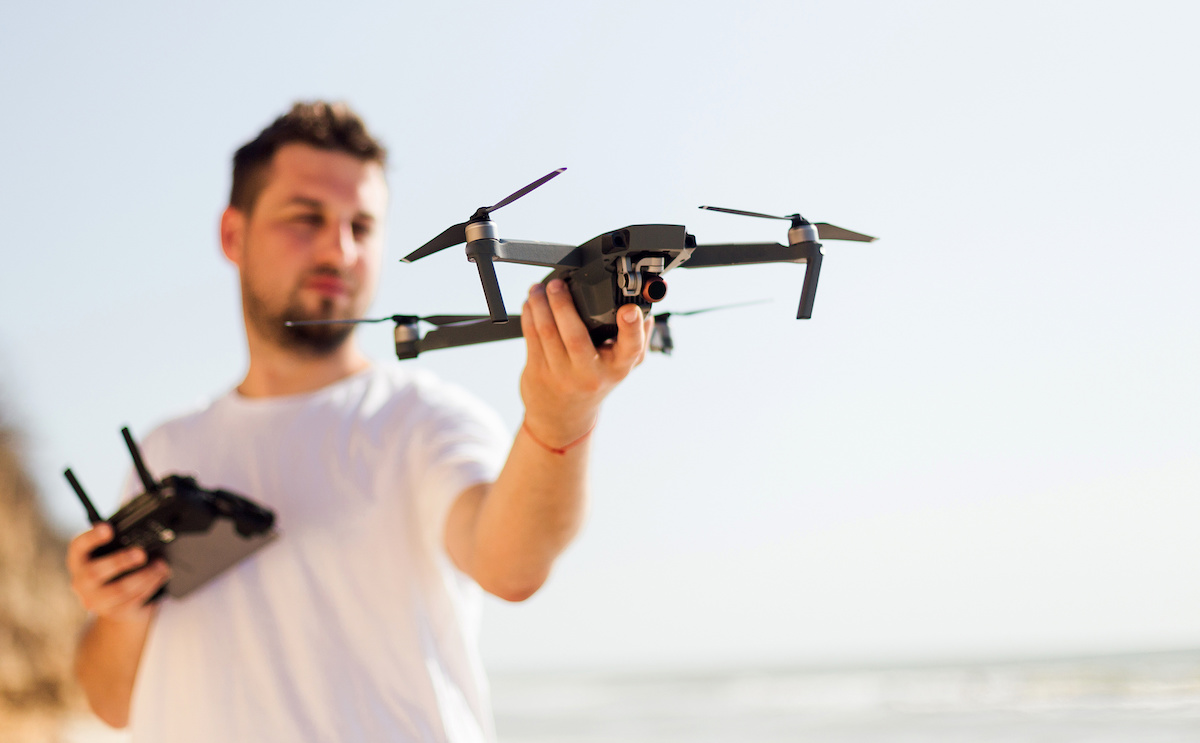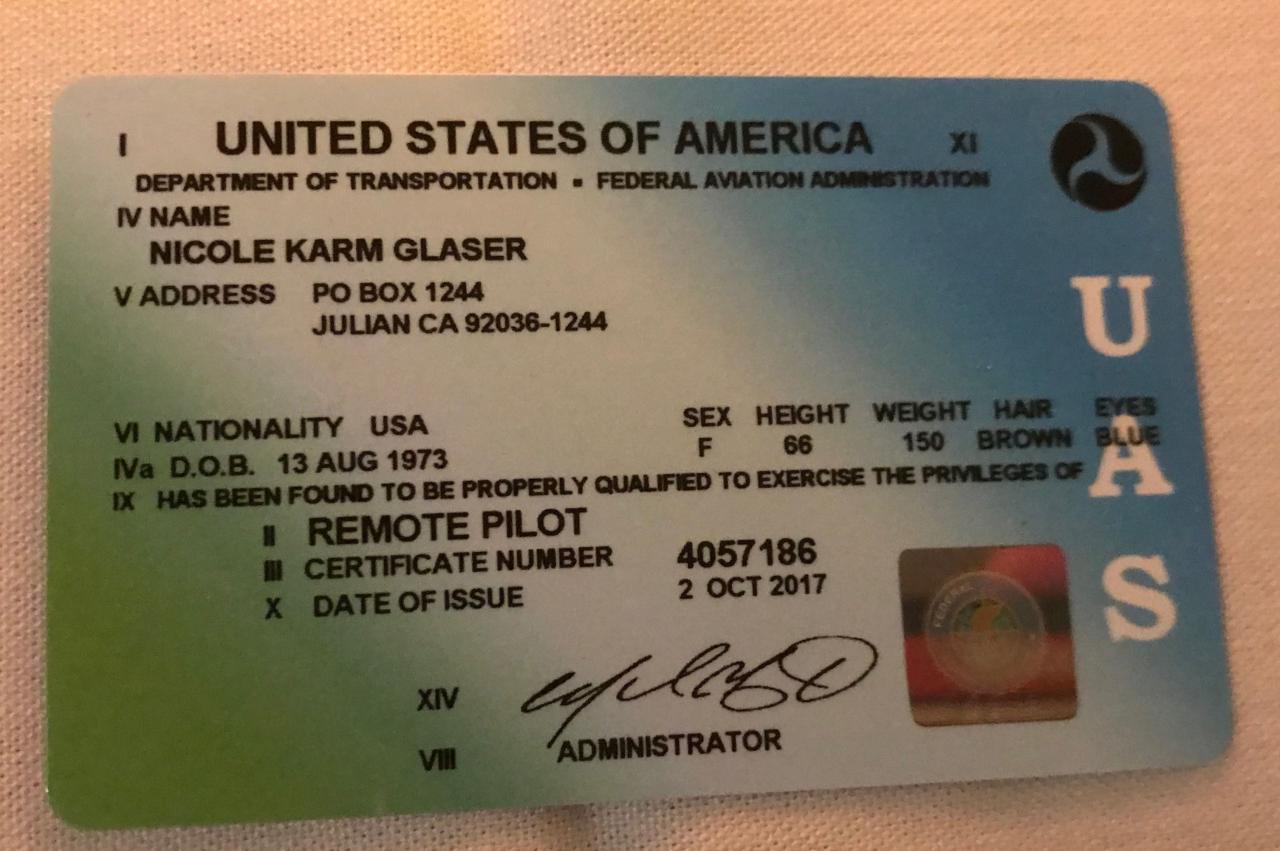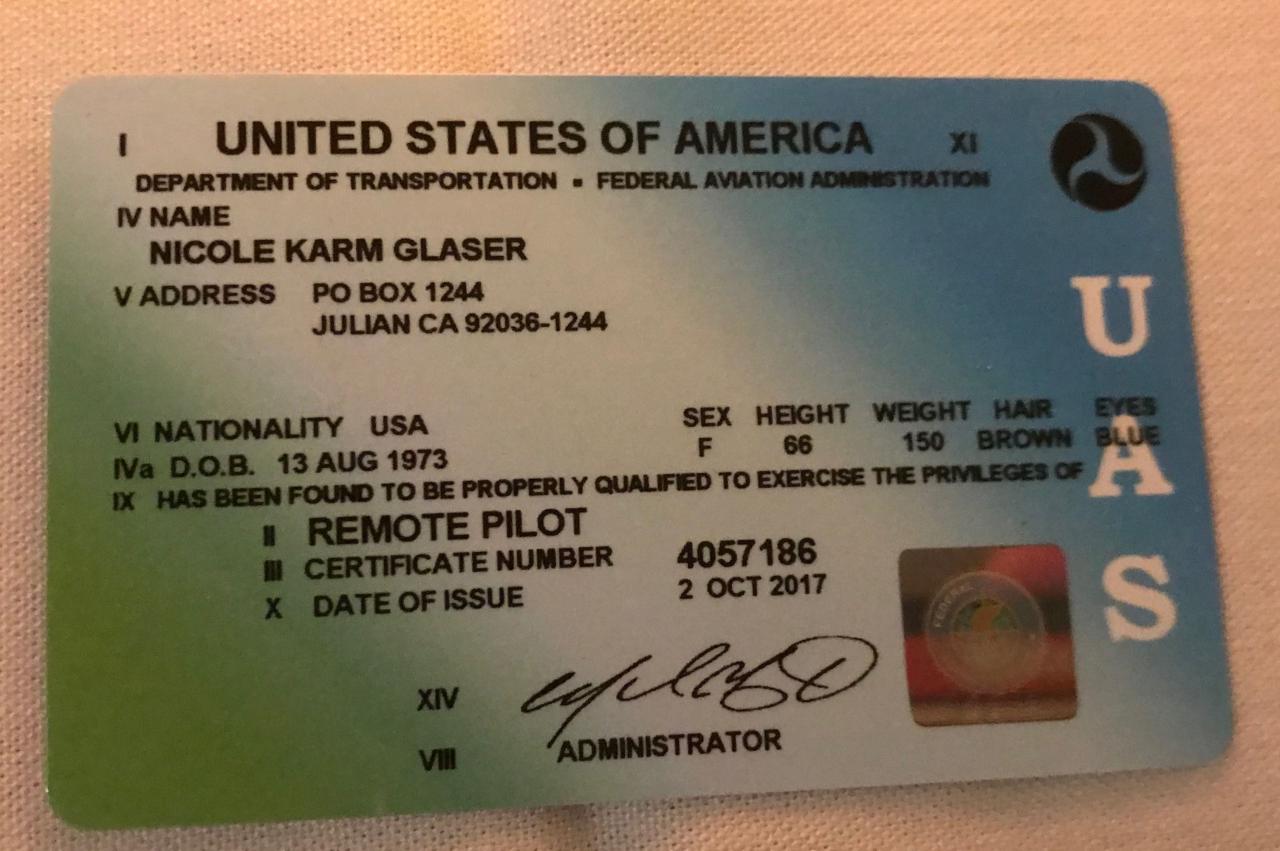Drone Pilot License Canada: Want to soar through the skies with your drone? This guide breaks down everything you need to know about obtaining a drone pilot license in Canada, from understanding the different license classes and their limitations to navigating the application process and mastering safe flight procedures. We’ll explore the regulations, insurance options, and exciting career paths available to licensed drone pilots.
Get ready for takeoff!
We’ll cover the various license types, their associated restrictions, and the steps involved in getting certified. We’ll also delve into crucial safety protocols, insurance requirements, and the diverse career opportunities this field offers. Whether you’re a hobbyist or aiming for a professional career, this comprehensive guide will equip you with the knowledge you need.
Types of Drone Pilot Licenses in Canada
Canada’s drone regulations categorize pilots based on the size and operational complexity of their drones. Understanding these license classes is crucial for safe and legal operation.
Drone Pilot License Classes and Operational Limitations
The Canadian Aviation Regulations (CARs) Artikel several drone pilot certificate classes, each with specific weight and operational restrictions. The table below summarizes the key differences.
| License Class | Weight Restrictions (kg) | Operational Limits | Examination Requirements |
|---|---|---|---|
| Basic Operation Certificate | ≤ 25 | Visual Line of Sight (VLOS) only; daytime operations; no operations over people; specific operational limitations may apply depending on location and environment. | Online knowledge test. |
| Advanced Operation Certificate | > 25 (up to a certain weight limit, depending on the specific regulations) | May include Beyond Visual Line of Sight (BVLOS) operations under specific conditions, night operations (with appropriate approvals), operations over people (with specific approvals). More stringent operational limitations apply. | Written and practical examination. |
| Remote Pilot Certificate (RPC)
(Note This is a more general category, with specific sub-categories based on the type of operation and aircraft.) |
Varies greatly depending on the specific RPC subclass. | Operational limits depend heavily on the specific type of RPC. This can range from simple VLOS operations to complex BVLOS operations requiring specialized approvals. | Written and practical examination; specific requirements vary greatly depending on the subclass. |
Requirements for Obtaining a Drone Pilot License: Drone Pilot License Canada
The process of obtaining a drone pilot license involves several steps, from application to examination and license issuance. The specific requirements vary depending on the chosen license class.
Thinking about getting your drone pilot license in Canada? It’s a great way to open up exciting opportunities! To stay up-to-date on regulations and industry changes, check out the latest developments on drone news today. Knowing the current news will help you prepare for your license and understand the evolving landscape of drone operation in Canada.
Step-by-Step Guide to Applying for a Drone Pilot License
- Register on the Transport Canada website: Create an account and begin the application process.
- Complete the required training: Choose a Transport Canada approved training provider for the appropriate license class.
- Prepare for the examination: Thoroughly review the relevant study materials provided by Transport Canada and your training provider.
- Write the examination: Attend the examination at a designated testing center.
- Receive your certificate: Upon successful completion of the examination, your certificate will be issued.
Necessary Documentation and Qualifications
Applicants need to provide proof of identity, address, and training completion. Specific requirements for each class will be detailed during the application process on the Transport Canada website. Advanced licenses require more extensive documentation and practical demonstrations of skill.
Knowledge and Skills Tested During the Examination
The examinations cover topics such as aviation regulations, airspace classifications, safety procedures, and emergency procedures. Practical examinations may include flight maneuvers and pre-flight checks. The complexity and scope of the examination depend on the license class being applied for.
Drone Regulations and Safety Procedures in Canada
Safe and responsible drone operation is paramount. Adhering to regulations and safety procedures is not only legally required but essential for preventing accidents and protecting the public.
Key Drone Regulations in Canada
Canadian drone regulations cover various aspects, including registration, flight restrictions, and operational limitations. Always consult the latest Transport Canada regulations before operating a drone.
Safety Procedures for Drone Pilots

- Always maintain Visual Line of Sight (VLOS).
- Never fly near airports or other restricted airspace.
- Avoid flying over people or populated areas.
- Check weather conditions before each flight.
- Perform pre-flight checks on your drone.
Calculating Safe Flight Distances
Safe distances from obstacles and populated areas are crucial. Regulations provide guidelines, and pilots should use their judgment and common sense. Factors such as drone weight, wind conditions, and the nature of the obstacle influence safe distances. Consult the official Transport Canada guidelines for detailed information on calculating safe flight distances.
Thinking about getting your drone pilot license in Canada? Before you take to the skies, you’ll want a reliable drone, and a great place to start your search is by checking out what’s considered the best buy drone for your needs and budget. Once you’ve got your equipment sorted, you can focus on mastering the skills needed to pass your drone pilot license exam and fly safely and legally.
Decision-Making Flowchart for Safe Drone Operation
A flowchart illustrating safe drone operation would involve a series of decision points based on weather conditions, airspace restrictions, proximity to obstacles and people, and drone battery level. Each decision point would lead to a course of action (proceed, delay, or abort the flight). This would be a complex flowchart requiring a visual representation, which is beyond the scope of this text-based response.
Drone Pilot Insurance and Liability
Insurance protects drone pilots from financial liability in case of accidents or damage. Choosing the right policy is crucial.
Importance of Drone Pilot Insurance, Drone pilot license canada

Accidents can happen, and the financial consequences of damaging property or injuring someone can be substantial. Insurance provides a safety net, mitigating potential financial losses.
Types of Drone Insurance Policies
Various insurance policies cater to different needs and risk profiles. Options range from basic liability coverage to more comprehensive policies including damage to the drone itself. Policy details vary by provider.
Liability Implications for Drone Pilots
Drone pilots are liable for any damage or injury caused by their drones. Insurance helps cover these costs, but failure to have adequate insurance can lead to significant personal financial risk.
Comparison of Drone Insurance Policies
| Policy Type | Coverage | Approximate Cost (CAD/year) | Provider Examples |
|---|---|---|---|
| Basic Liability | Covers third-party liability (damage to property or injury to others) | $100 – $500 | Various insurance providers offering specialized drone insurance. |
| Comprehensive | Covers third-party liability, damage to the drone, and potentially other aspects like loss of control | $500 – $1500+ | Various insurance providers offering specialized drone insurance. |
Career Opportunities for Drone Pilots in Canada

The drone industry is growing rapidly, creating numerous career opportunities across various sectors.
Thinking about getting your drone pilot license in Canada? It’s a good idea to brush up on safety regulations, and understanding what can go wrong is key. For example, check out this report on a recent drone crash in Paris ; it highlights the importance of responsible operation. Knowing the rules and best practices before you even think about flying will help you avoid similar incidents and keep your license clean.
Industries Utilizing Drone Pilots
- Agriculture
- Construction
- Infrastructure Inspection
- Film and Photography
- Search and Rescue
- Law Enforcement
Typical Job Roles and Responsibilities
Job roles vary depending on the industry and employer. Responsibilities often include pre-flight planning, drone operation, data collection, and post-processing.
Potential Salary Ranges and Career Progression
Salaries vary based on experience, skills, and location. Entry-level positions may start around $40,000 CAD per year, while experienced pilots can earn significantly more. Career progression can lead to supervisory roles or specialized expertise.
Potential Employers
- Large agricultural companies
- Construction firms
- Engineering and inspection companies
- Film production companies
- Government agencies
Advanced Drone Operations and Technologies
Advanced technologies are transforming drone capabilities, enabling more complex and efficient operations.
Advanced Technologies in Drone Operations
| Technology | Application | Benefits |
|---|---|---|
| GPS | Precise positioning and navigation | Improved accuracy and safety |
| Obstacle Avoidance Systems | Autonomous avoidance of obstacles | Enhanced safety and operational efficiency |
| Flight Planning Software | Automated flight path creation and management | Improved efficiency and reduced pilot workload |
Techniques for Complex Drone Operations
Advanced techniques include aerial photography using specialized cameras, detailed infrastructure inspections, and creating high-resolution maps using photogrammetry.
Benefits and Challenges of Advanced Drone Technologies
Advanced technologies offer increased safety, efficiency, and data accuracy. However, they also present challenges such as higher costs, increased complexity, and potential reliance on technology.
Illustrative Example: Drone Flight Planning
Let’s consider a scenario: A drone pilot needs to inspect a bridge for structural damage. The flight plan must account for several factors.
Hypothetical Drone Flight Plan
The bridge is located in a moderately windy area near a river. Airspace restrictions are in place due to nearby airport. The mission objective is to capture high-resolution images of the bridge’s underside and supporting structures. The pilot uses flight planning software to create a flight path that avoids the restricted airspace, maintains a safe distance from the river, and ensures sufficient overlap between images for photogrammetry.
Steps Involved in Creating a Safe Flight Plan
- Check weather conditions: Ensure wind speeds are within acceptable limits.
- Review airspace restrictions: Confirm no restricted airspace is violated.
- Plan the flight path: Use flight planning software to create a safe and efficient route.
- Perform pre-flight checks: Verify drone systems and battery levels.
- Execute the flight plan: Monitor the drone throughout the flight.
Drone Flight Path Details
The flight path would involve several waypoints, with the drone maintaining a consistent altitude and speed. The altitude would be adjusted to ensure safe clearance from the bridge and the river. The flight path would be designed to maximize image overlap for photogrammetry. Specific altitudes, speeds, and waypoint coordinates would be determined using flight planning software based on the specific conditions and drone capabilities.
Final Wrap-Up
Securing your drone pilot license in Canada opens up a world of possibilities, from recreational flying to lucrative professional careers. Remember, responsible operation and adherence to regulations are paramount. By understanding the licensing process, safety procedures, and career prospects, you’re well-prepared to take flight responsibly and successfully. So, are you ready to take the next step and become a licensed drone pilot?
FAQ Guide
What is the age requirement for a drone pilot license in Canada?
There’s no minimum age, but you must be able to understand and follow the regulations.
How long does the licensing process take?
It varies, but expect several weeks to a few months depending on processing times.
Can I fly my drone at night?
Night flying usually requires additional authorization and certifications.
What happens if I have an accident with my drone?
Report the incident to Transport Canada and your insurance provider.
